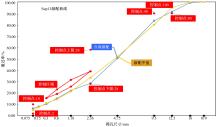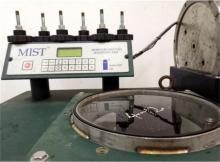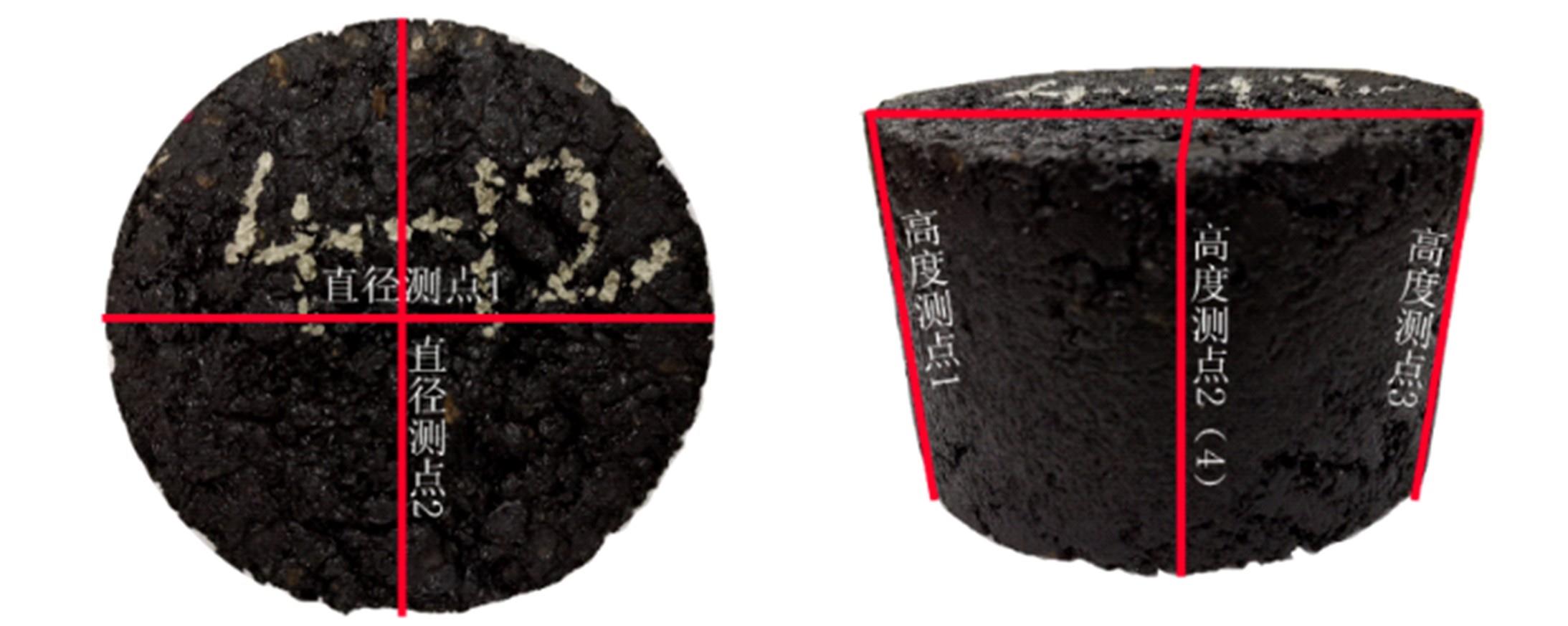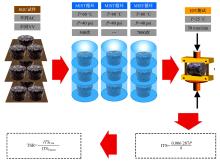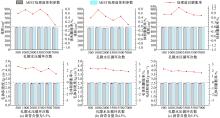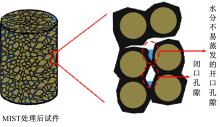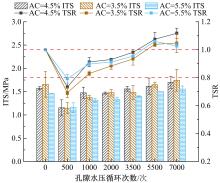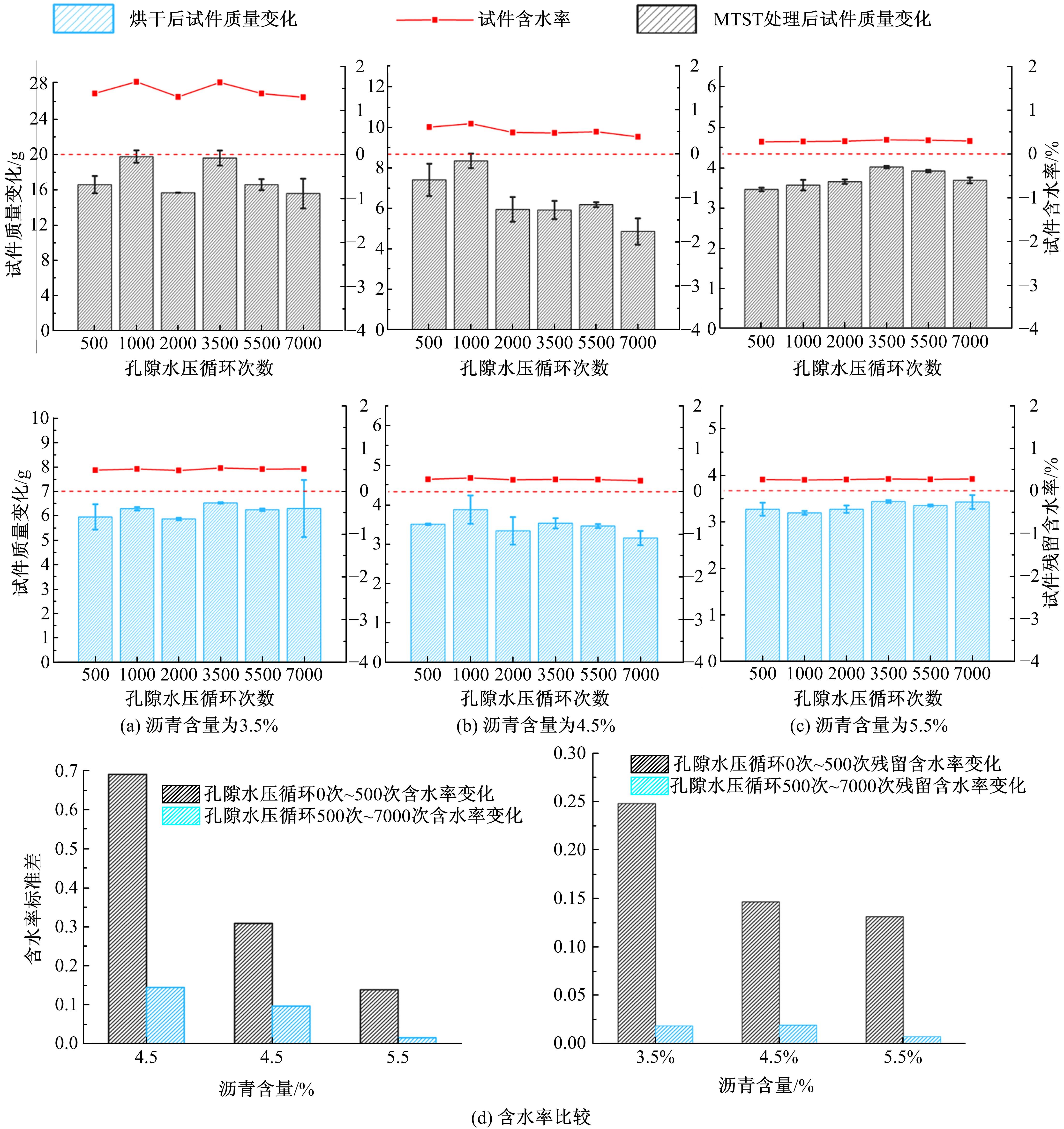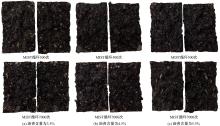Journal of Jilin University(Engineering and Technology Edition) ›› 2021, Vol. 51 ›› Issue (4): 1277-1286.doi: 10.13229/j.cnki.jdxbgxb20200225
Experiment of performance evolution of asphalt mixtures under multiple pore water pressure cycles
Min-da REN( ),Lin CONG(
),Lin CONG( ),Si-lin SUN,Han-qing FENG
),Si-lin SUN,Han-qing FENG
- Key Laboratory of Road and Traffic Engineering of Ministry of Education,Tongji University,Shanghai 201804,China
CLC Number:
- U416.217
| 1 | Shakiba Maryam,Darabi Masoud K, K Abu Al-Rub Rashid, et al. Constitutive modeling of the coupled moisture-mechanical response of particulate composite materials with application to asphalt concrete[J]. Journal of Engineering Mechanics, 2015, 141(2):24. |
| 2 | Gorkem C, Sengoz B. Predicting stripping and moisture induced damage of asphalt concrete prepared with polymer modified bitumen and hydrated lime[J]. Construction & Building Materials, 2009, 23(6):2227-2236. |
| 3 | de Carlo C, Dave E, Sias G Airey J, et al. Comparative evaluation of moisture susceptibility test methods for routine usage in asphalt mixture design[J]. Journal of Testing and Evaluation,2020, 48(1): 88-106. |
| 4 | Shu X, Huan B, Shrum E, et al. Evaluation of moisture damage in hot mix asphalt using simple performance and superpave indirect tensile tests[J]. Construction and Building Materials,2012:22: 1950-1962. |
| 5 | AA. Resistance of compacted hot mix asphalt (HMA) to moisture-induced damage[S].American Association of State Highway and Transportation Officials, Washington, DC, 2011. |
| 6 | Hicks R G, Santucci L, Ashchenbrener T. Introduction and seminar objectives on moisture sensitivity of asphalt pavements[C]∥Transportation Research Board National Seminar, Transportation Research Board of the National Academies, San Diego, California, 2003: 3-19. |
| 7 | Epps J P E, Sebaaly J, Penaranda M R, et al. Compatibility of a test for moisture-induced damage with superpave volumetric design[R]. NCHRP Report 444, Transportation Research Board of the National Academies, 2000. |
| 8 | Solaimanian M, Kennedy T W. Precision of the Moisture Susceptibility Test Method Tex 531-C[R]. Research Report4909-1 |
| F, Center for Transportation Research, University of Texas at Austin, 2000. | |
| 9 | Azari H. Precision estimates of AASHTO T283: resistance of compacted hot mix asphalt (HMA) to moisture-induced damage[R]. Web-Only Document 166, Final Task Report for N-CHRP Project9-26 |
| A, Transportation Research Board, 2010. | |
| 10 | Jimenez R A. Testing of debonding of asphalt from aggregates[C]∥Transportation Research Board of the National Academies, Washington, DC, 1974: 1-17. |
| 11 | Mallick R B, Gould J S, Bhattacharjee S, et al. Development of a rational procedure for evaluation of moisture susceptibility of asphalt paving mixes[S].Transportation Research Board Annual Meeting, Transportation Research Board of the National Academies, Washington DC, 2003. |
| 12 | ASTM International. D7870/D7870M-20 standard practice for moisture conditioning compacted asphalt mixture specimens by using hydrostatic pore pressure[R]. West Conshohocken, PA; ASTM International, 2020. |
| 13 | Gao J Q, Chen H, Ji T J, et al. Measurement of dynamic hydraulic pressure in asphalt pavement using fiber bragg grating[J]. Transducer and Microsystem Technologies, 2009, 28(9): 59-61. |
| 14 | Vishala Utsav, Golib Arunkumar, Chowdaryc Venkaiah. Comparison of AASHTO T283 and moisture induced sensitivity tester conditioning process on the moisture resistance of bituminous concrete mixtures[C]∥The 3rd Conference of Transportation Research Group of India,Mumbai, India, 2018. |
| 15 | Mohiuddin Ahmad, Amina Mannan Umme, Rashadul Islam Md, et al. Tarefder: chemical and mechanical changes in asphalt binder due to moisture conditioning[J]. Road Materials and Pavement Design, 2018, 19(5):1216-1229. |
| 16 | Tarefder R, Weldegiorgis M, Ahmad M. Assessment of the effect of pore pressure cycles on moisture sensitivity of hot mix asphalt using mist conditioning and dynamic modulus[J]. Journal of Testing and Evaluation, 2014, 42(6): 1530-1540. |
| 17 | 李达. 旧料掺量对温拌再生沥青混合料耐久性的影响分析[J]. 长安大学学报:自然科学版, 2018, 38(5):31-37, 54. |
| Li Da. Influence of RAP content on durability of warm-mix recycled asphalt mixture[J]. Journal of Chang'an University(Natural Science Edition), 2018,38(5):31-37, 54. | |
| 18 | Chen X, Huang B. Evaluation of moisture damage in hot mix asphalt using simple performance and superpave indirect tensile tests[J]. Construction and Building Materials, 2008, 22(9):1950-1962. |
| 19 | 周水文, 张晓华, 张蓉, 等. 再生剂对热再生混合料性能影响研究[J]. 石油沥青, 2018, 32(4):6-11. |
| Zhou Shui-wen, Zhang Xiao-hua, Zhang Rong,et al. Research on the influence of recycling agent to hot recycling mixture performance[J]. Petroleum Asphalt, 2018, 32(4):6-11. | |
| 20 | 周水文, 张蓉, Mouhamed,等. MIST评价乳化沥青冷再生混合料水稳性研究[J]. 中外公路, 2017(3):208-211. |
| Zhou Shui-wen, Zhang Rong, Mouhamed, et al. Study on water stability evaluation of emulsified asphalt cold recycling mixture by MIST[J]. Journal of China & Foreign Highway, 2017(3):208-211. | |
| 21 | LaCroix A, Regimand A, James L. Proposed approach for evaluation of cohesive and adhesive properties of asphalt mixtures for determination of moisture sensitivity[C]∥Journal of Transportation Research Board, 2016,2575: 61-69. |
| 22 | Stuart K D. Moisture damage in asphalt mixtures: a state of art report[R]. Research Development and Technology, Turner-Fairbank Highway Research Center, 1990. |
| [1] | Rui XIONG,Ning QIAO,Ci CHU,Fa YANG,Bo-wen GUAN,Yan-ping SHENG,Dong-yu NIU. Investigation on low-temperature rheology and adhesion properties of salt-doped asphalt mortars [J]. Journal of Jilin University(Engineering and Technology Edition), 2020, 50(1): 183-190. |
| [2] | Xiao⁃ming HUANG,Qing⁃qing CAO,Xiu⁃yu LIU,Jia⁃ying CHEN,Xing⁃lin ZHOU. Simulation of vehicle braking performance on rainy daysbased on pavement surface fractal friction theory [J]. Journal of Jilin University(Engineering and Technology Edition), 2019, 49(3): 757-765. |
| [3] | LIU Yao-hui, CHEN Qiao-xu, SONG Yu-lai, SHEN Yan-dong. Compressive behavior and mechanism of volcanic ash-SBS, rubber powder-SBS and SBS modified asphalt [J]. 吉林大学学报(工学版), 2017, 47(6): 1861-1867. |
| [4] | CHENG Yong-chun, GUO Qing-lin, TAN Guo-jin. Improved viscoelastic parameter identification for asphalt mixture [J]. , 2012, (03): 629-633. |
| [5] | JIANG Wei, SHA Ai-min, XIAO Jing-jing. Comparison and selection of gradation for porous asphalt concrete based on discrete element method [J]. 吉林大学学报(工学版), 2011, 41(01): 68-0072. |
| [6] | WEI Da-Chuan, WANG Yun-Peng, LI Shi-Wu, SUN Wen-Cai, YANG Zhi-Fa. Absorption coefficient experiment of rubber powder and SBS compound modified asphalt [J]. 吉林大学学报(工学版), 2010, 40(增刊): 199-0203. |
| [7] | GAO Hui-Ting, Sun-Li-An, MENG Song-He, SHI Hong-Jun. Highway tunnel fire retardant SMA asphalt pavement performance [J]. 吉林大学学报(工学版), 2010, 40(增刊): 204-0208. |
| [8] | ZHAO Yan-qing,TAN Yi-qiu,WANG Guo-zhong,WANG Zhi-chao. Effect of viscoelasticity on fatigue cracking of asphalt pavement [J]. 吉林大学学报(工学版), 2010, 40(03): 683-0687. |
| [9] | DAN Xiao-Li, ZHANG Xiao-Ning, WANG Duan-Yi, LEI Liang. [J]. 吉林大学学报(工学版), 2009, 39(04): 916-920. |
| [10] |
CHI Feng-xia,ZHANG Xiao-ning,WANG Li-jian,LIU Yu .
Determination of master curve of dynamic shearing modulus of asphalt mixture [J]. 吉林大学学报(工学版), 2009, 39(02): 349-0353. |
| [11] |
QIAO Ying-juan1,2,CHEN Jing-yun1,WANG Zhe-ren1,3,XU Guang-hui3 .
Stress analysis of pavement structure considering Poisson ratio effect of asphalt mixtures [J]. 吉林大学学报(工学版), 2009, 39(01): 50-55. |
| [12] | QIAO Ying-juan, CHEN Jing-yun,WANG Zhe-ren, ZHOU Chang-hong . Tensile deformation of asphalt mixtures under low temperature [J]. 吉林大学学报(工学版), 2008, 38(05): 1049-1053. |
| [13] | MENG Fan-yu, PAN Xiao-dong. Optimization of functional asphalt pavement based on GA-ANN [J]. 吉林大学学报(工学版), 2013, 43(增刊1): 535-538. |
|
||


